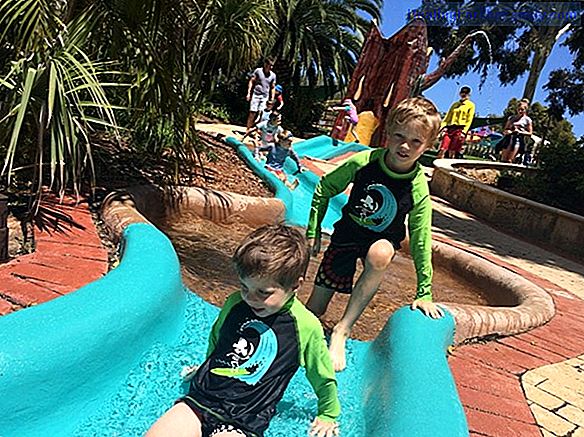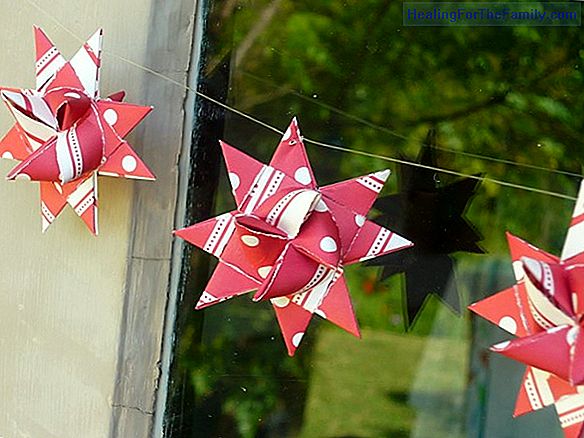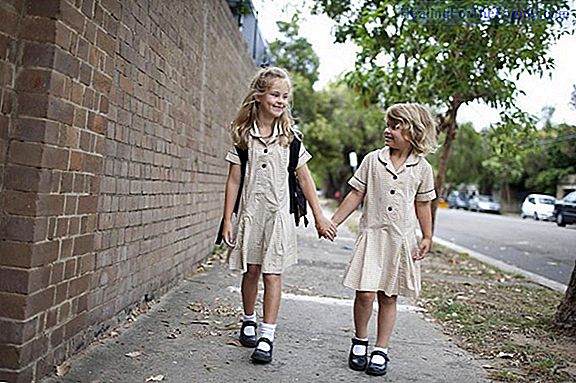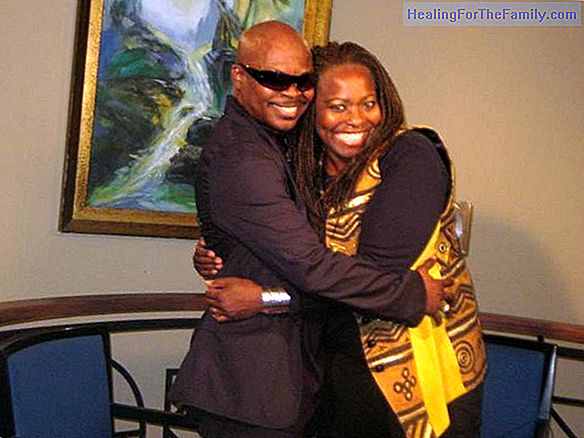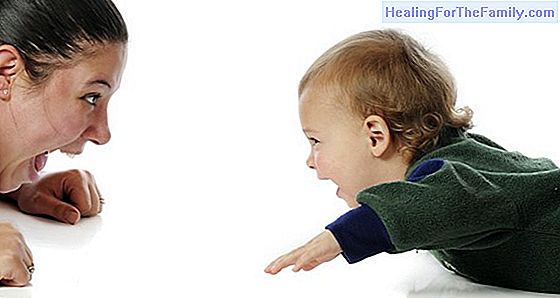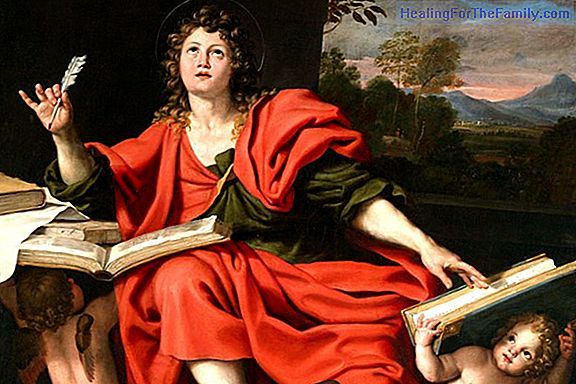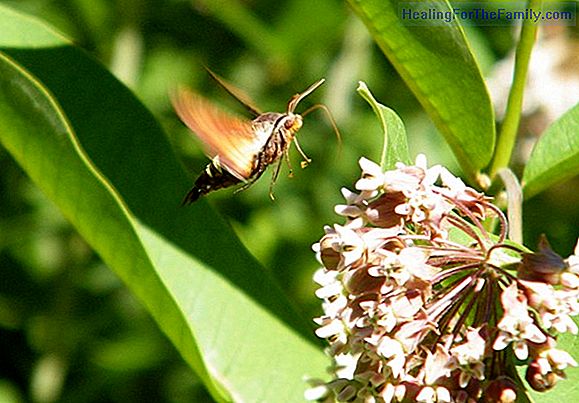Children on the Day of the Dead in Mexico
Impressed and pleasantly surprised I stayed yesterday when I saw how the Day of the Dead in Mexico vive is lived. The cemeteries are a real spectacle of color, celebration and tribute to the dead. The tombs are dressed with flowers of different colors, bows and gala bands to give a goodbye or even I
Impressed and pleasantly surprised I stayed yesterday when I saw how the Day of the Dead in Mexico vive is lived. The cemeteries are a real spectacle of color, celebration and tribute to the dead. The tombs are dressed with flowers of different colors, bows and gala bands to give a goodbye or even I would say a "see you later", to loved ones and children participate in this celebration just like any other member of the family .Life and death for children in Mexico
The Mexican holiday of
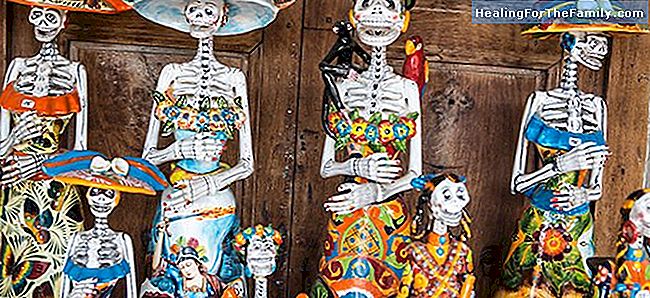
Day of the Dead has been declared by Unesco as Intangible Cultural Heritage of Humanity . This day the families gather around the graves of their relatives and spend the whole night there awake next to them, illuminated by candles. It is customary to have dinner there, in company, with the whole family and in the middle of a very special scenario. It is also tradition to treat the deceased with something to eat and drink, such as a beer or a glass of wine, which are to your liking.And in Mexico, death has another meaning for the living that has nothing to do with the funeral dyes. It is part of life itself and is not tinged with tragedy. For the traveler, going to a cemetery in Mexico on the Day of the Dead is a singular event. I had never imagined anything like it. People of all ages, the elderly, adults and children take the opportunity to dress up, sing and dance. It is customary to disguise as a goblin, death, skeleton, widow ... to celebrate that death is part of their lives and celebrate with life the very death of loved ones.
The role of children in this ceremony is natural. It is not a 'grown-up' party. The children go with their parents, their grandparents and their uncles every Night of the Dead to the cemetery and sing, eat and dance with them. In some cemeteries of important cities, they even set up a stage for a musical group to enliven the evening.
Mexico is a country rich in culture and traditions, and precisely, one of the main aspects that make up its identity as a nation is the conception of life, death and all the traditions and beliefs that revolve around them. A whole series of rites and traditions have been developed around death, either to venerate it, honor it, frighten it and even make fun of it.The origins of the celebration of the Day of the Dead in Mexico predate the arrival of the Spaniards.
The rituals that celebrate the life of the ancestors are carried out in these civilizations at least for 3,000 years
. In the pre-Hispanic era the skulls were preserved as trophies and were shown during the rituals that symbolized death and rebirth. The festival, centuries later, became the Day of the Dead. It was celebrated at the beginning of August it lasted a full month. The festivities were dedicated to the celebration of children, that is, to the deceased infants, and to the lives of deceased relatives. Anyway, it should be noted that this celebration is not typical of all Mexicans since, despite being a holiday that has become a national symbol, there are many families who are more attached to celebrate the 'All Saints' Day 'as they do in other Catholic countries. In addition, the strong influence of the United States, especially in border areas, is manifested in the Halloween party, which is celebrated more frequently every year in a greater number of homes.Marisol New


